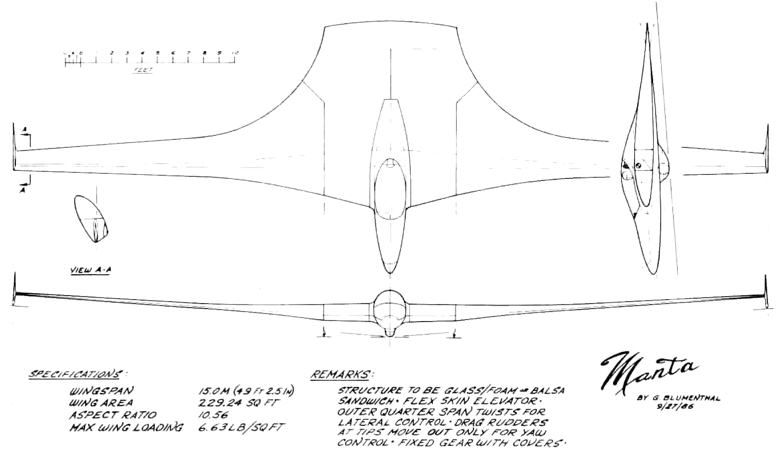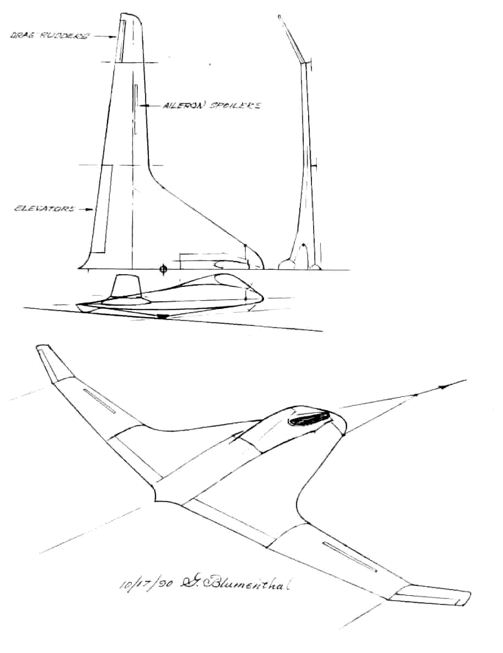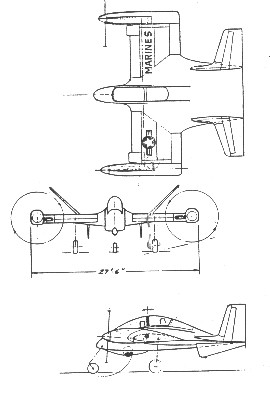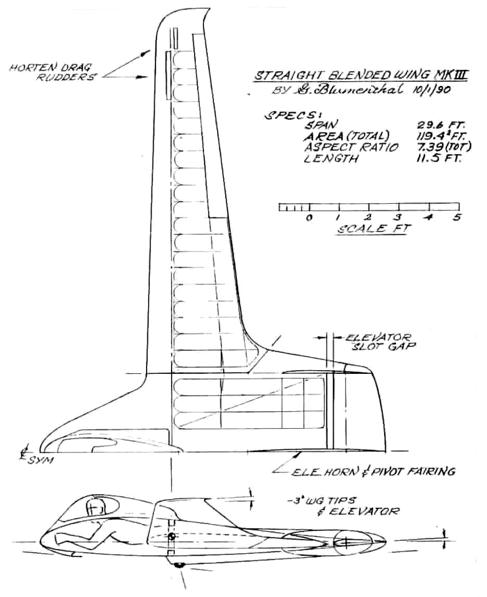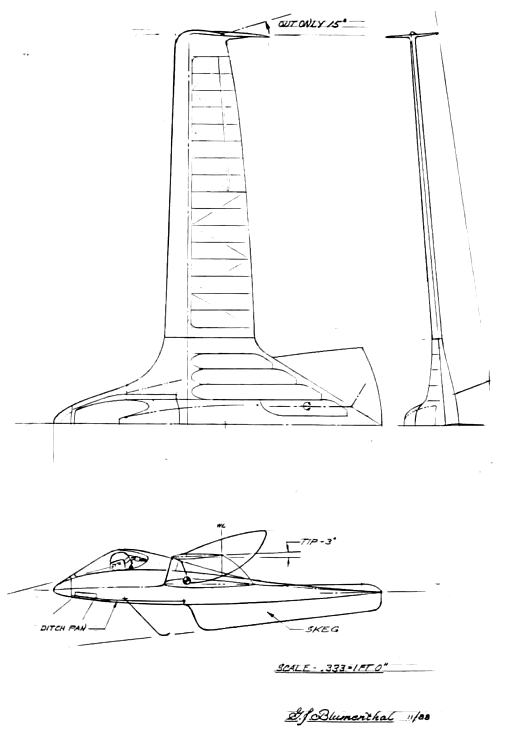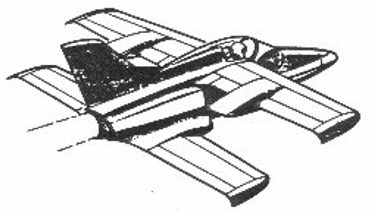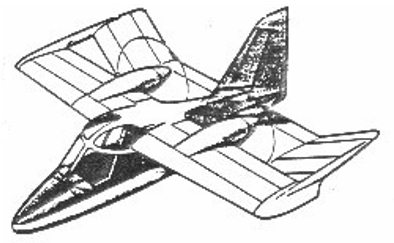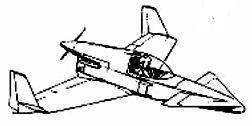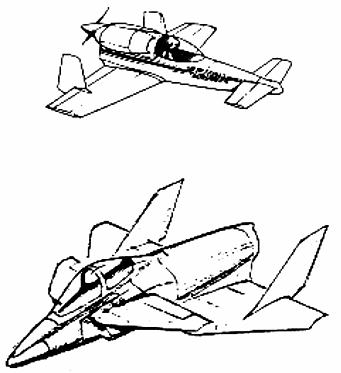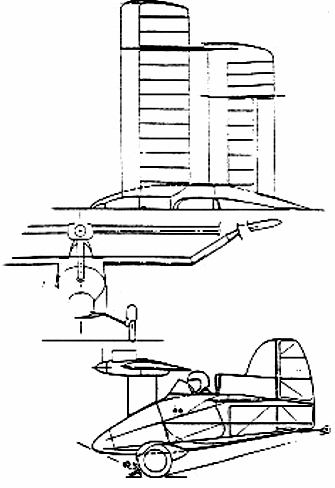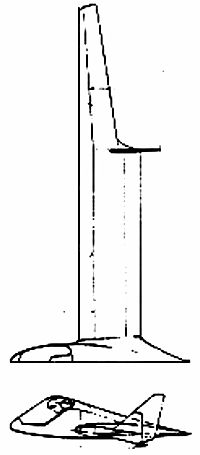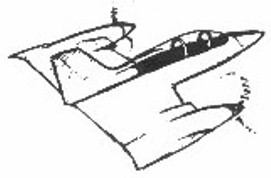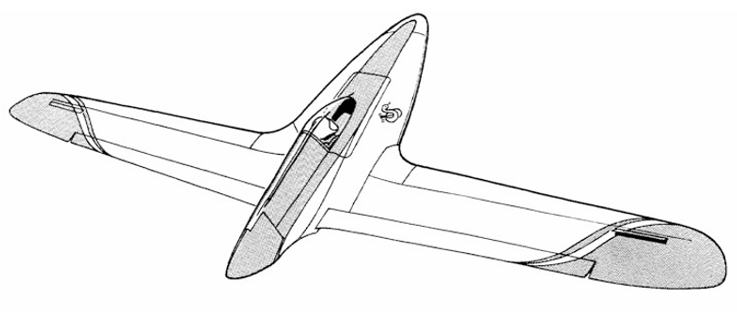
If you like the general design, we know Jerry would love for you to take it on as a model or better yet a homebuilt glider. He was not protective of his designs and wanted them to be available to anyone who liked them and would use them for other basic designs. However, this design does not have any detailed drawings (he didn't get that far) so you are on your own if you decide to take it on as a project.
Jerry's backgound includes: Model design engineer for Comet Model HobbyCraft, Chicago, IL (designed free flight scale and semi-scale balsa models and plastic injection molded scale model kits, including all ink planwork and illustrations); Model design engineer for Monogram Models, Chicago, IL (design of molded plastic kits), and; Engineering Ilustrator & model builder in pre-design group model shop of Convair/General Dynamics (designed wind tunnel models & supervised display shop making all manner scientific and pre-design models, as well as, radiographic reflectivity models).
Presented below is a collection of Jerry's other design concepts. As you can see he was very prolific when it came to using pen and ink to express his his dreams of what a flying wing sport plane should look like. Some of these he put into very basic balsa models for hand glide tests and most had flew relatively well. You can also see his RC model mixer for use in very thin wings which uses standard bell cranks available from any hobby shop (this was going to be necessary for his scale Rattler model had he completed it).

